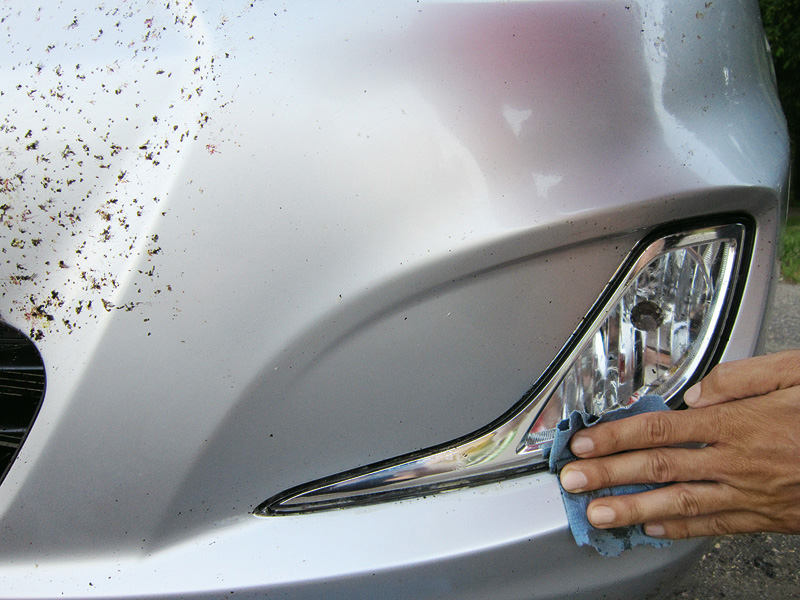
Should I turn off the engine in a traffic jam?
Content
Many motorists are concerned about the question - is it necessary to turn off the engine while standing in a traffic jam. It all depends on the speed of the congestion and the “voracity” of the car engine. However, frequent engine starts do not save fuel at all, the starting mechanism wears out and the battery life decreases.
When the car chooses to turn off the engine or not
The first start-stop systems appeared in the 70s of the last century. The task was to save fuel during the period when the car is not moving. The system turned off the engine after XNUMX seconds of inactivity. This was extremely inconvenient, since a very long time passed before the restart of the engine and the subsequent movement. For example, when stopping at a traffic light, such a car caused an involuntary congestion. And the resource for which the starter was designed did not allow frequent starts.
Over time, systems have improved. Now only premium-class cars have such a technical solution - the car's engine is automatically turned off immediately after stopping. The exception is a cold engine. The system first warms up the oil to the required temperature, then goes into operating mode. Moreover, modern transport is able to start the engine, which has not really stopped yet. It used to be in the realm of fantasy. Now it's a daily reality. The delay at the start was preserved, but it was reduced by an order of magnitude and does not exceed 2 seconds.
Some experts consider the start-stop system to be useless in terms of both fuel economy and environmental benefits. They say that these are the machinations of marketers who play on modern phobias based on the preservation of the environment. Fear costs money, and therefore the price of such a car increases, since an ultra-modern starter and a more powerful battery are needed.
Negative consequences of frequent launches
At the moment of start-up, the engine experiences maximum loads. The oil in the system is at rest, it needs time to build up the necessary pressure, the battery gives the maximum starting current. All elements of the system are under heavy loads, which entails the greatest wear. Fuel consumption at the moment of launch is also maximum. The engine start system also wears out - the starter and its associated parts.
How to minimize harm from idling
The main victim when the car is idling is your wallet. Within one day, fuel consumption, of course, is not large, but if you add up the entire amount of gasoline consumed during the year during downtime and multiply by the cost of one liter, the amount will be decent. You can reduce consumption through proper trip planning, reducing the number of stops with the engine running.

